In the ever-expanding realm of gaming, casual games have carved out a niche for themselves, offering bite-sized entertainment for players seeking quick and accessible experiences. From addictive puzzles to whimsical adventures, casual games cater to a wide range of interests and skill levels, providing a welcome respite from the complexities of hardcore gaming. But have you ever wondered what makes these casual gems so captivating? Join us on a captivating journey as we delve into the diverse landscape of casual game types, uncovering the various genres, mechanics, and allure that have captivated players worldwide.
1. Puzzle Games: Engaging the Mind, One Piece at a Time
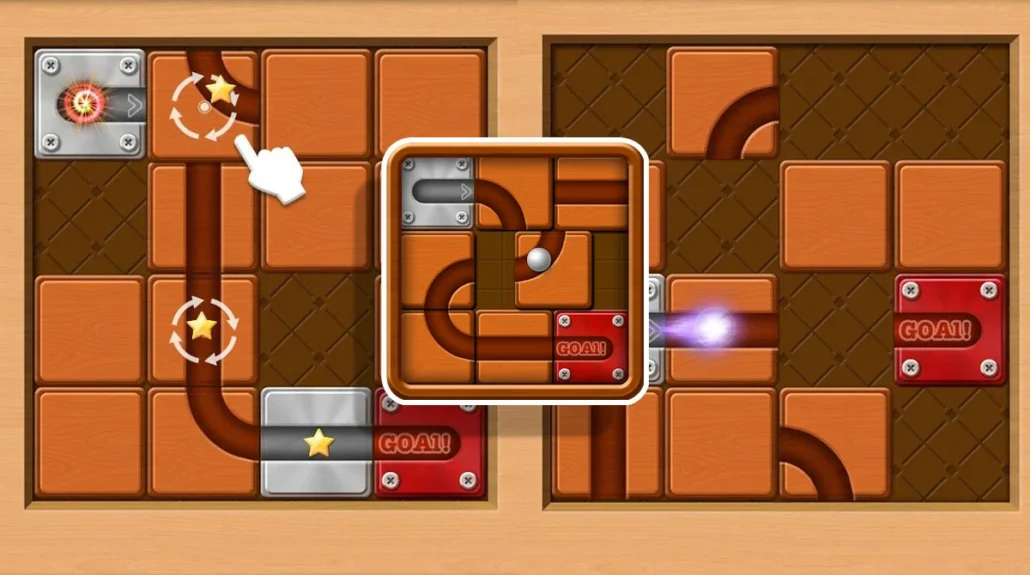
Can you hear it? The siren call of puzzle games, beckoning you to flex your cognitive muscles while basking in the satisfaction of each solved conundrum. From the classic tile-matching madness of games like Twisted Tangle and Cut the Rope to the brain-teasing logic puzzles found in games like The Room and The Witness, puzzle games offer a versatile and immersive experience for players of all ages and skill levels. Who can resist the thrill of piecing together that final puzzle, unlocking a sense of accomplishment that lingers long after the game is over?
How hard is it to develop a puzzle game?
While the mechanics of puzzle games may seem straightforward, creating a truly engaging and challenging experience is no easy feat. Developers must strike a delicate balance between difficulty and accessibility, ensuring that players are neither frustrated nor bored. Additionally, crafting visually appealing and thematic puzzles requires a keen eye for design and a deep understanding of cognitive processes. Successful puzzle games often excel in their ability to introduce new mechanics gradually, keeping players hooked with a steady stream of fresh challenges.
2. Hidden Object Games: Devil is in the Details

The hidden object genre is a realm where eagle-eyed people reign supreme, scouring detailed scenes for elusive objects that dare to evade their gaze. These games often weave captivating narratives, transporting players to different worlds and eras, where they must use their keen observational skills to unravel mysteries or complete quests. Games like Mystery Case Files and Hidden Expedition have mastered the art of blending engrossing storytelling with engaging visual puzzles, leaving players yearning to uncover every last hidden treasure. If you want to learn more about the visual aspects of such a game please refer to our article about casual game art.
How hard is it to develop a hidden object game?
While the core mechanics of hidden object games may seem deceptively simple, creating a genuinely immersive and challenging experience is a multi-faceted endeavor. Developers must not only craft richly detailed and visually stunning environments but also ensure that objects are cleverly concealed, striking the perfect balance between frustration and satisfaction. Additionally, weaving a compelling narrative that keeps players invested in the hunt is a skill that often separates the forgettable from the truly memorable hidden object experiences.
3. Time Management Games: Mastering the Art of Multitasking

In a world where multitasking is a way of life, time management games offer players the opportunity to hone their organizational skills in a fun and engaging manner. Can you feel the adrenaline rush as you juggle multiple tasks simultaneously, deftly managing bustling restaurants in games like Diner Dash and Cake Mania or overseeing hotel operations in Hotel Dash? These games challenge players to make split-second decisions, rewarding efficient time management, and quick thinking with a sense of accomplishment that few other genres can match.
How hard is it to develop a time management game?
While the core mechanics of time management games may seem straightforward, creating a truly engaging and challenging experience requires a delicate balance of various elements. Developers must carefully craft levels that escalate in difficulty while introducing new mechanics gradually, ensuring that players are neither overwhelmed nor bored. Additionally, designing intuitive user interfaces and player controls is crucial, as even a split-second delay can be the difference between success and failure in these fast-paced games.
4. Match-3 Games: Simple Mechanics, Endless Addictive Fun
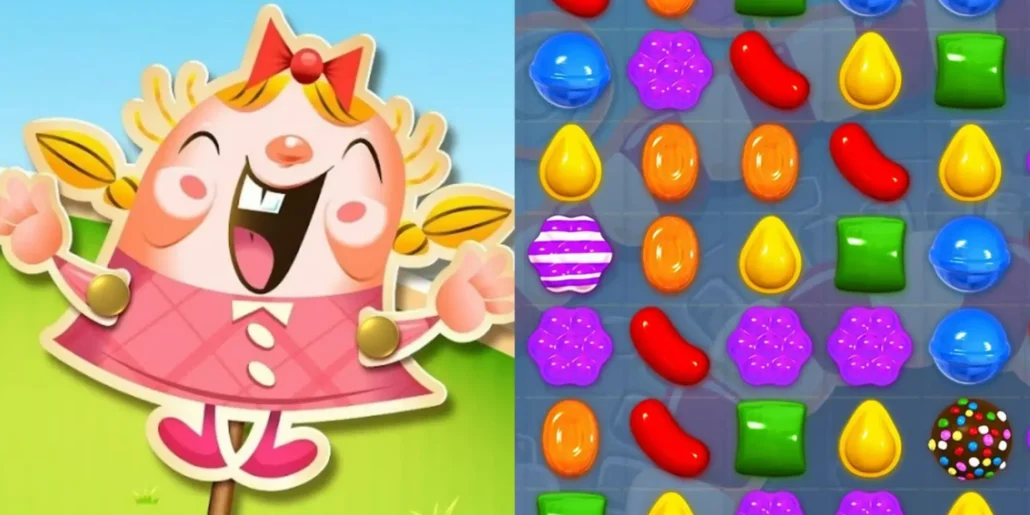
The allure of match-3 games – with their simple yet addictive gameplay mechanics, have become a staple in the casual gaming world. Can you resist the siren call of games like Bejeweled, Candy Crush Saga, and Toon Blast, beckoning you to match three or more identical tiles and clear the board, level after level? The simplicity of the mechanics belies the strategic depth and satisfying gameplay loop that keeps players coming back for more, chasing that next sugar rush of dopamine-fueled accomplishment.
How hard is it to develop a match-3 game?
While the core mechanics of match-3 games may seem deceptively simple, creating a truly compelling and engaging experience is no easy feat. Developers must carefully craft level designs that strike the perfect balance between challenge and accessibility, ensuring that players are neither frustrated nor bored. Additionally, implementing intuitive and responsive controls is crucial, as even the slightest delay or unresponsiveness can disrupt the flow of gameplay. Successful match-3 games often excel in their ability to introduce new mechanics and power-ups gradually, keeping players hooked with a steady stream of fresh challenges.
5. Word Games: Expanding Vocabularies
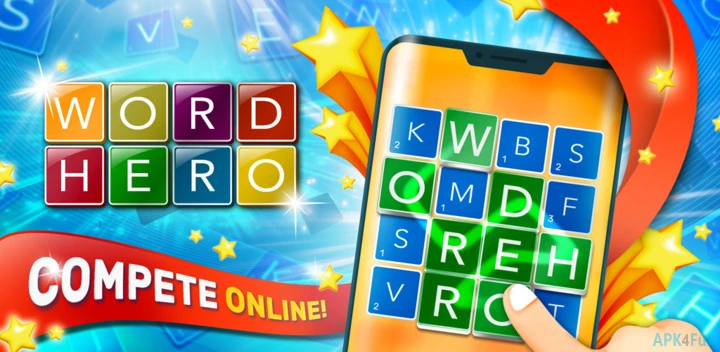
One Letter at a Time For those who love wordplay and linguistic challenges, word games offer a captivating and intellectually stimulating experience that can leave even the most erudite wordsmith scratching their head. From the classic Scrabble and its digital iterations to games like Wordle and Spelling Bee, these games challenge players to flex their vocabulary muscles and uncover new words. But beware – the path to lexical mastery is paved with stumbling blocks and head-scratching moments. Can you resist the temptation to dive into these linguistic labyrinths, expanding your vocabulary one letter at a time?
How hard is it to develop a word game?
While the core mechanics of word games may seem straightforward, creating a truly engaging and challenging experience requires a delicate balance of various elements. Developers must carefully curate word lists and dictionaries, ensuring that the game offers a diverse and challenging array of words while avoiding obscure or overly niche entries. Additionally, implementing intuitive user interfaces and scoring systems is crucial, as even a minor hiccup can disrupt the flow of gameplay and frustrate players.
6. Card Games: Timeless Classics Reimagined
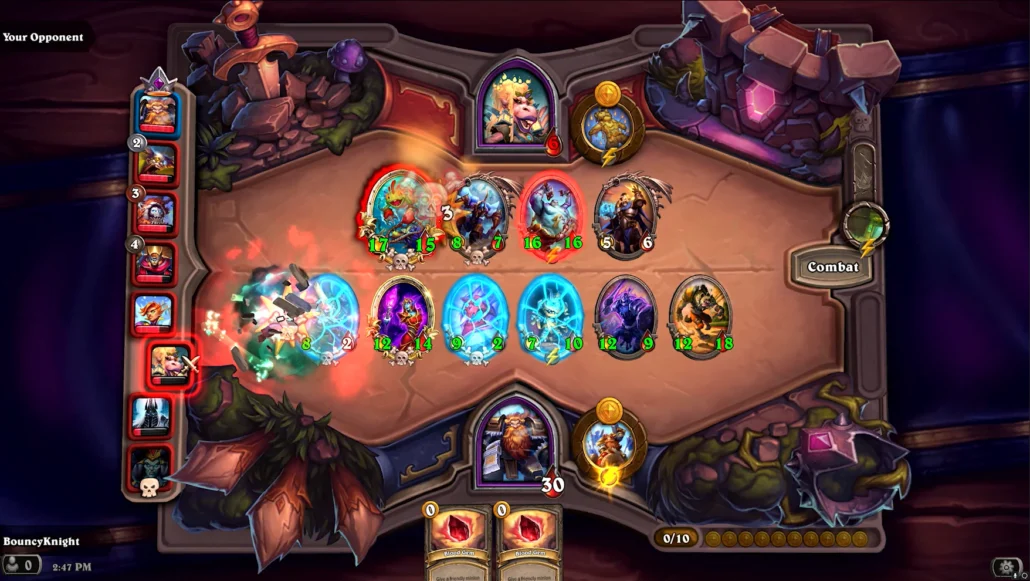
The timeless allure of card games has always been there, and it seems it’s going to be around forever. These beloved classics have been reimagined for the digital age, breathing new life into familiar pastimes. From solitaire and its myriad variations to popular favorites like Hearthstone and Gwent, digital card games offer a seamless and convenient way to enjoy these time-honored traditions. With vibrant visuals, engaging gameplay mechanics, and the ability to connect with players worldwide, these games have elevated the casual gaming experience to new heights. Can you resist the temptation to shuffle the virtual deck and immerse yourself in the strategic depths of these digital cardboard battlegrounds?
How hard is it to develop a digital card game?
While the core mechanics of card games may seem straightforward, translating the physical experience into a compelling digital offering is no easy feat. Developers must carefully craft intuitive user interfaces and controls that seamlessly replicate the tactile experience of handling physical cards. Additionally, implementing robust online multiplayer systems and matchmaking algorithms is crucial for games that rely on player-versus-player interactions. Successful digital card games often excel in their ability to capture the strategic depth and nuances of their physical counterparts while introducing fresh mechanics and gameplay modes tailored to the digital realm.
7. Simulation Games: Virtually Living the Dream
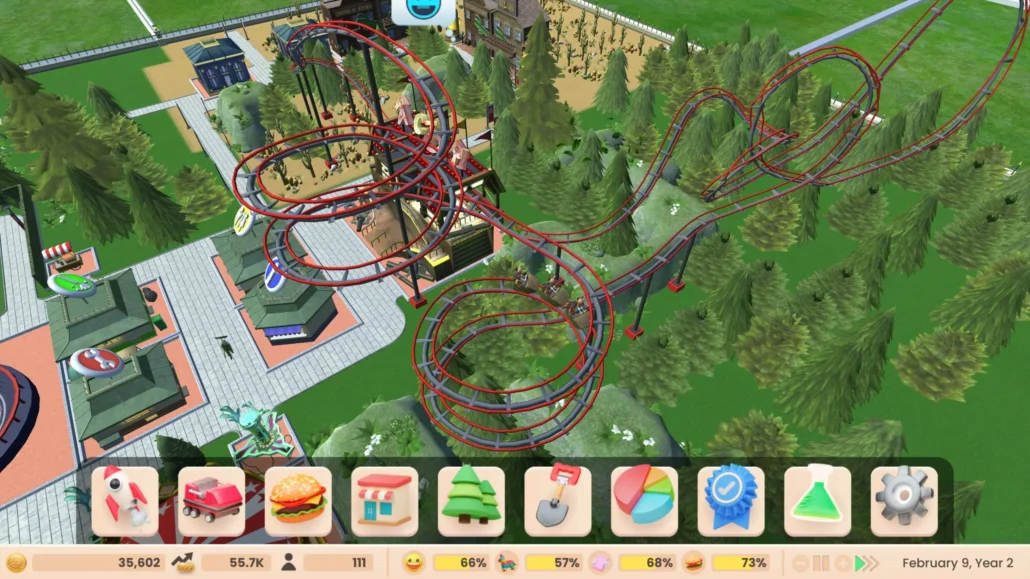
Simulation games offer players the opportunity to step into the shoes of various professions or roles, allowing them to experience different lifestyles and scenarios in a virtual setting. Can you hear the siren call of games like RollerCoaster Tycoon and Farmville, beckoning you to take the reins of theme park mogul or verdant agriculturalist? These games cater to our innate desires for control and creativity, enabling us to build and shape virtual worlds according to our visions. Whether you seek the thrill of managing a bustling amusement park or the tranquility of cultivating a virtual farm, simulation games offer a unique blend of strategy, resource management, and escapism.
How hard is it to develop a simulation game?
While the core mechanics of simulation games may seem straightforward, creating a truly immersive and engaging experience is a multi-faceted endeavor. Developers must carefully craft intricate systems and mechanics that accurately simulate the complexities of the real-world scenarios they aim to emulate. Additionally, implementing intuitive user interfaces and controls is crucial, as even minor oversights can disrupt the player’s sense of immersion. Successful simulation games often excel in their ability to strike a balance between realism and accessibility, offering players a satisfying level of depth without overwhelming them with unnecessary complexities.
8. Idle Games: Embracing the Art of Passive Progression
In the fast-paced world we live in, idle games offer a unique respite, allowing players to progress and accumulate resources even when they’re not actively engaged. Can you resist the allure of games like Cookie Clicker, Idle Miner Tycoon, and AdVenture Capitalist, beckoning you to embrace the art of passive progression? These games tap into our innate desire for growth and accomplishment, rewarding players for their patience and strategic decision-making. With simple mechanics and the ability to idle away, these games provide a low-commitment but highly engaging experience for casual gamers seeking a momentary escape from the hustle and bustle of daily life.
How hard is it to develop an idle game?
While the core mechanics of idle games may seem deceptively simple, creating a truly compelling and engaging experience requires a delicate balance of various elements. Developers must carefully craft progression systems and resource loops that strike the perfect balance between rewarding players for their patience and keeping them engaged with regular bursts of activity. Additionally, implementing intuitive user interfaces and player feedback mechanisms is crucial, as even minor oversights can disrupt the player’s sense of progress and satisfaction. Successful idle games often excel in their ability to introduce new mechanics and progression paths gradually, keeping players hooked with a steady stream of fresh challenges and rewards.
9. Platformers: Retro Charm with Modern Twists
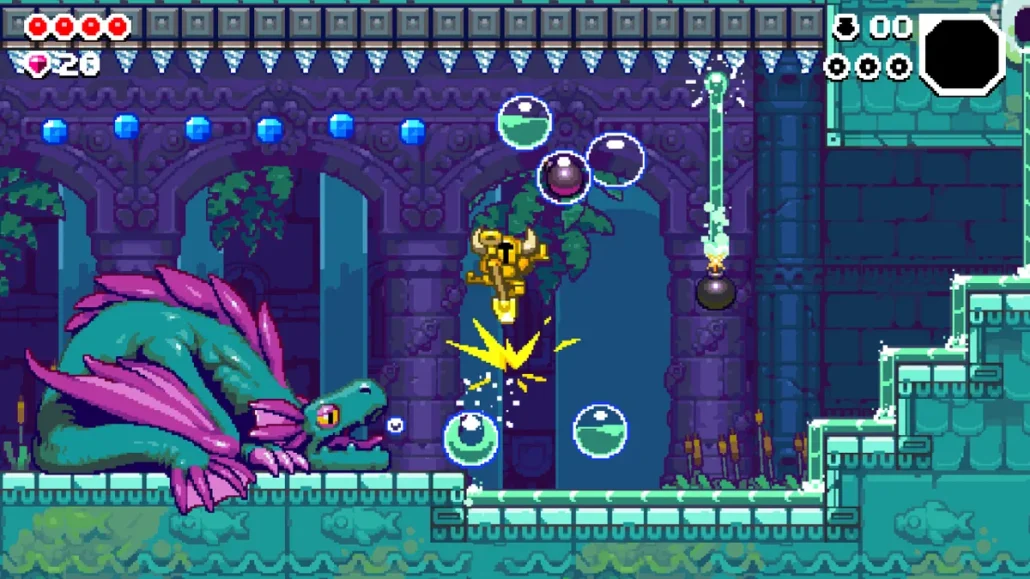
Ah, the nostalgic allure of platformers – with their retro charm and challenging gameplay, these games have found a home in the casual gaming realm. From modern classics like Limbo and Inside to retro-inspired gems like Shovel Knight and Cuphead, these games combine precise platforming mechanics with captivating storytelling and artistic visuals. While often deceptively simple in appearance, platformers offer a challenging and rewarding experience for players seeking a blend of skill and narrative immersion. Can you resist the siren call of these pixelated adventures, beckoning you to leap, dodge, and battle your way through treacherous obstacles and cunning foes?
How hard is it to develop a platformer?
While the core mechanics of platformers may seem straightforward, creating a truly engaging and challenging experience requires a delicate balance of various elements. Developers must carefully craft level designs that strike the perfect balance between challenge and accessibility, ensuring that players are neither frustrated nor bored. Additionally, implementing responsive and precise controls is crucial, as even minor hiccups in input responsiveness can disrupt the flow of gameplay and frustrate players. Successful platformers often excel in their ability to introduce new mechanics and power-ups gradually, keeping players hooked with a steady stream of fresh challenges and rewarding them for their mastery of the game’s physics and platforming mechanics.
10. Endless Runners: Addictive Simplicity on the Go
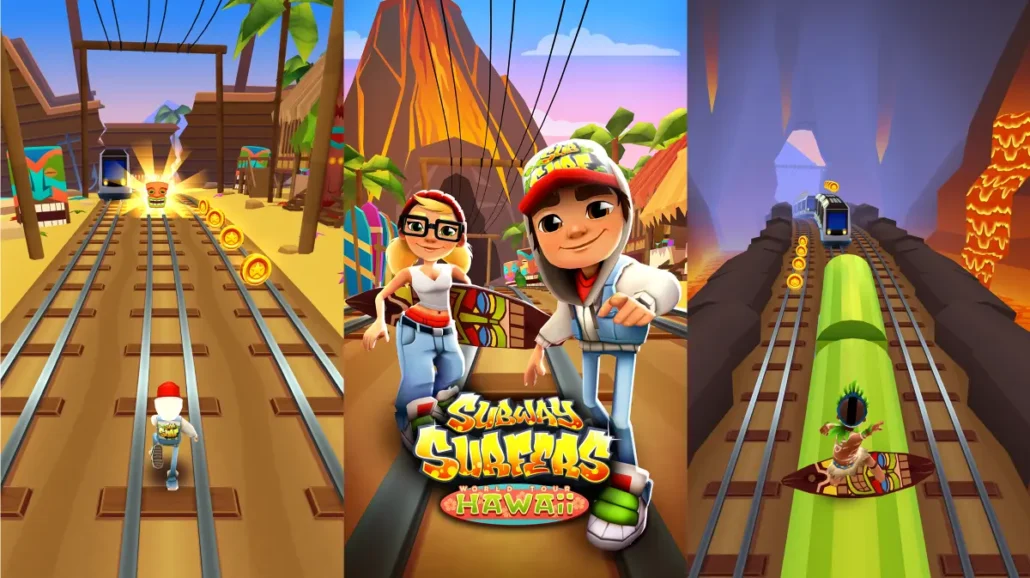
In the age of mobile gaming, Endless Runners have emerged as a popular and highly addictive subgenre of casual games. Games like Temple Run, Subway Surfers, and Alto’s Adventure capitalize on simple one-touch mechanics, challenging players to navigate endless environments while avoiding obstacles and collecting power-ups. With their pick-up-and-play nature and endless replayability, Endless Runners have become the go-to for quick bursts of gaming on the move. But beware – the allure of these games is deceptively simple, and before you know it, you may find yourself hopelessly addicted to the thrill of the chase, forever chasing that elusive high score.
How hard is it to develop an endless runner?
While the core mechanics of Endless Runners may seem straightforward, creating a truly compelling and engaging experience requires a keen understanding of mobile game design principles. Developers must carefully craft level designs that strike the perfect balance between challenge and accessibility, ensuring that players are neither frustrated nor bored. Additionally, implementing responsive and intuitive controls is crucial, as even minor hiccups in input responsiveness can disrupt the flow of gameplay and frustrate players. Successful endless runners often excel in their ability to introduce new mechanics and power-ups gradually, keeping players hooked with a steady stream of fresh challenges and rewarding them for their mastery of the game’s physics and reflexes.
Conclusion
As the casual gaming landscape continues to evolve, new genres and innovative mechanics will undoubtedly emerge, catering to the ever-changing preferences and interests of players worldwide. Whether you seek intellectual stimulation, relaxation, or pure entertainment, the diverse world of casual games offers something for everyone, inviting players to immerse themselves in bite-sized gaming experiences that delight and captivate. So, what are you waiting for? Dive headfirst into this captivating realm and discover the casual game that speaks to your soul.
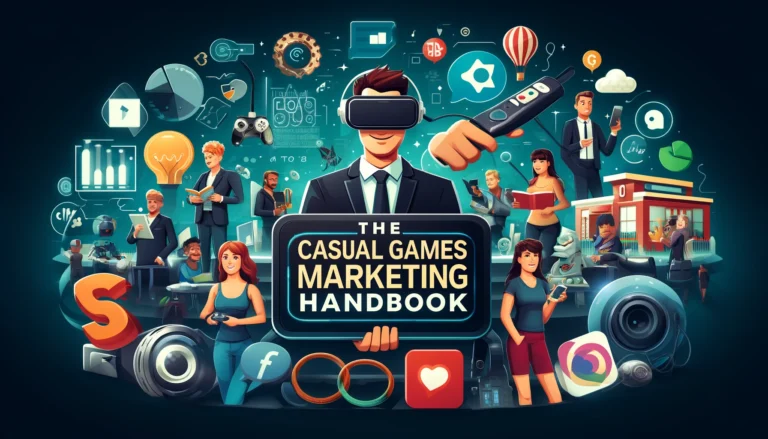




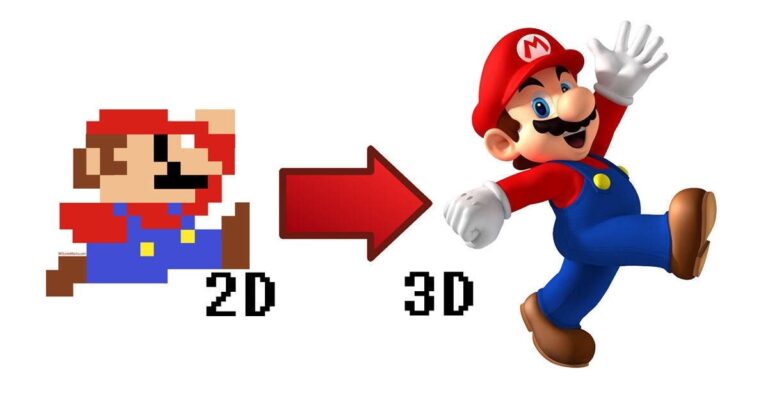




No comment yet, add your voice below!